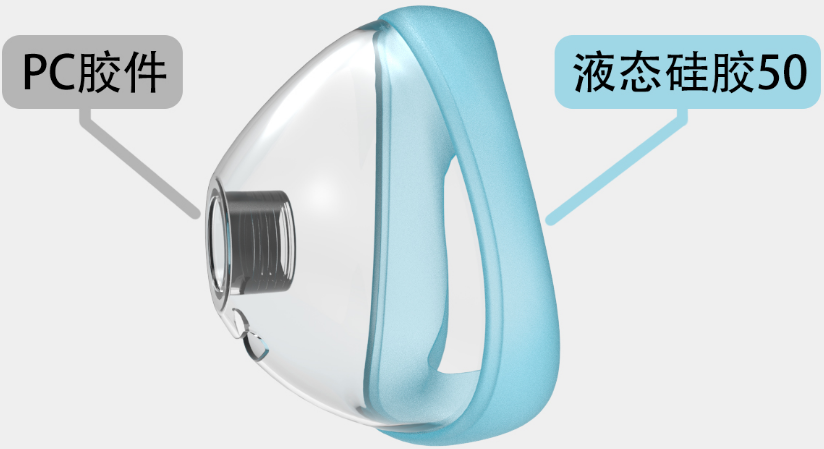The ventilator mask is an essential accessory for ventilators, widely used in the treatment of respiratory conditions such as sleep apnea, chronic obstructive pulmonary disease (COPD), and asthma. The ventilator provides pressurized air through the mask, helping to keep airways open. Below is a detailed overview of CPAP masks for ventilators:
Table of Contents
ToggleProduct Types
Depending on the design and use case, ventilator masks are generally categorized into the following types:
Nasal Mask: Covers the nose, suitable for patients with mild to moderate breathing issues, commonly used in sleep apnea therapy.
Nasal-Oral Mask (Full Face Mask): Covers both the nose and mouth, suitable for patients requiring higher airflow support, or for those who breathe through their mouths or experience nasal discomfort.
Full-Face Mask: Covers the entire face (including the eyes), ideal for severe respiratory issues or for patients who need a larger sealing area under high-pressure conditions.
Product Materials
Ventilator masks are crafted from materials focused on comfort, seal integrity, and safety:
Silicone: Widely used in the sealing parts of the mask, soft and elastic, ensuring a tight fit with the face to minimize air leakage.
Polycarbonate (PC): The main body of the mask is typically made from durable polycarbonate, which is transparent and sturdy, allowing caregivers to observe the patient’s facial expression.
Fabric or Elastic Headgear: Used to secure the mask, ensuring it stays in place during sleep or usage, providing comfortable wear.
Product Features
Effective Seal: The mask edges often use soft silicone or foam pads to ensure a close fit with the face, preventing gas leakage.
Comfort Design:
- Mask designs consider facial pressure distribution, reducing pressure on the face during prolonged wear.
- Adjustable headgear design accommodates different face shapes, ensuring stability and comfort during wear.
Breathability: Some masks have exhalation ports to release carbon dioxide exhaled by the patient, maintaining airflow and reducing stuffiness.
Easy Disassembly and Cleaning: Most ventilator masks are designed for quick disassembly, making it easy for daily cleaning and disinfection to ensure hygiene.
Use Cases
Ventilator masks are suitable for the following scenarios:
- Sleep Apnea: Helps prevent nighttime breathing interruptions, maintaining continuous positive airway pressure (CPAP) and improving sleep quality.
- Chronic Obstructive Pulmonary Disease (COPD): The ventilator mask helps deliver oxygen and pressurized air, making it easier for patients to breathe.
- Surgery and ICU Care: Used in critical care or during surgery to provide life support with a ventilator.
Instructions for Use
- Select the appropriate mask type and size to ensure a good fit with the patient’s facial contour to avoid leakage.
- Check the integrity of the mask and headgear before use to ensure no damage or contamination.
- When putting on the mask, gently press it against the face to fit, and adjust the headgear to a comfortable position, avoiding excessive tightness or looseness.
- After each use, clean the mask thoroughly and air-dry it; regularly replace worn-out parts.
Precautions
- Regularly clean and disinfect the mask to prevent bacterial growth.
- If there is any discomfort or allergic reaction on the face during use, stop usage and consult a doctor.
- Avoid prolonged use of the same mask; replace it regularly to ensure optimal sealing and hygiene.
- If gas leakage or difficulty breathing occurs, adjust the mask or consult a professional.
Selecting the Right Mask
Choosing the appropriate ventilator mask involves multiple factors, including the patient’s breathing needs, facial size, usage scenario, and comfort level. Users should select the best mask type based on medical advice and personal preference.
As an indispensable part of ventilator therapy, the comfort and seal quality of the mask directly affect treatment effectiveness. By selecting a suitable mask and following correct use and maintenance practices, patients can significantly improve their respiratory condition and achieve a higher quality of life.







